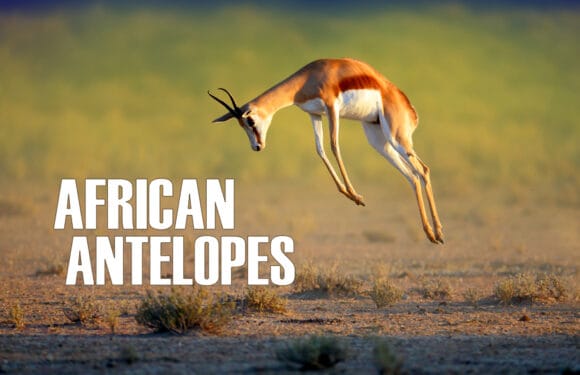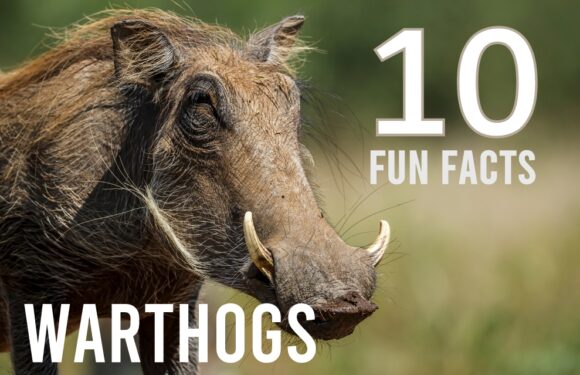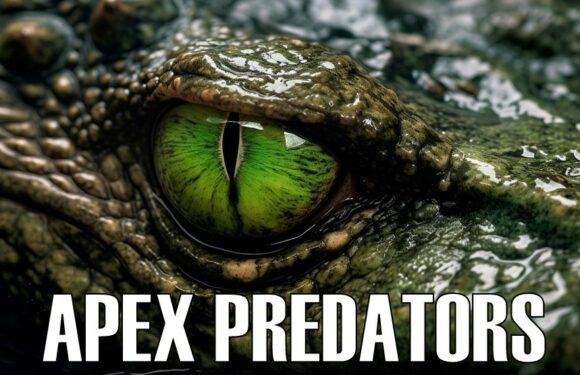
What Makes an Animal Weird?
An animal might be considered “weird” when it exhibits traits, behaviors, or physical characteristics that deviate from the norm. These traits could include peculiar habits or survival strategies, such as strange mating rituals, hunting techniques, or ways of interacting with their environment. Some animals have abilities that seem out of place, like bioluminescence, electric shocks, or rapid color changes. Often, the most obvious anomalies in animals are those with an odd physical appearance, such as an unusual body shape, color, or feature.
In essence, an animal becomes “weird” when it defies typical expectations of appearance, behavior, or biology, making it stand out from other species in the animal kingdom.
The 21 Weirdest Animals in the World
1. Platypus

The platypus, native to Australia, is one of the strangest mammals on Earth. It lays eggs like a reptile, has a bill like a duck, and webbed feet for swimming, making it a mix of various animal traits. Male platypuses also have venomous spurs on their hind legs, one of the few venomous traits in mammals. If that isn’t weird enough, their bill contains electroreceptors that help them detect prey underwater. This combination of characteristics makes the platypus a unique evolutionary anomaly.
2. Narwhal

The narwhal, known as the “unicorn of the sea,” is a whale species that sports a long, spiral tusk, which is actually an elongated tooth. This tusk can grow up to 10 feet (3 meters) and is primarily found in males, though some females have them as well. Scientists believe the tusk may be used in mating displays, dominance battles, or even for sensory perception due to the nerve endings inside. Narwhals live in Arctic waters and can dive to incredible depths of over 5,000 feet (1,500 meters). They are one of the ocean’s most peculiar creatures.
3. Tarsier

Tarsiers are tiny primates found in Southeast Asia, known for their disproportionately large eyes, each larger than their brain. These enormous eyes give them excellent night vision, necessary for their nocturnal lifestyle. They also have long fingers and toes that help them cling to branches and leap between trees. Their diet is exclusively carnivorous, which is unusual for primates, consisting of insects, small birds, and reptiles.
4. Shoebill

The shoebill, found in the swamps of East Africa, is a massive bird easily recognized by its enormous, shoe-shaped bill. This oversized bill is highly effective for catching fish, frogs, and even small crocodiles. Shoebills stand motionless for long periods, waiting for prey to approach, then strike with surprising speed. Their prehistoric appearance, with stork-like legs and a lumbering stance make it one of the most distinctive birds in the world.
5. Leafy Sea Dragon

The leafy sea dragon, native to the waters off southern Australia, is a fish that looks almost identical to floating seaweed. Its leaf-like appendages serve as camouflage, helping it blend into its surroundings and avoid predators. Unlike other marine creatures, it swims slowly and relies on its disguise rather than speed for protection. Males carry the eggs, much like their seahorse relatives, a rare trait in the animal world.
6. Venezuelan Poodle Moth

The Venezuelan poodle moth, discovered in 2009, quickly became an internet sensation for its bizarre, fluffy appearance. Its body and wings are covered in dense, white fur, giving it the look of a miniature poodle. Little is known about the species’ behavior and habitat, as it was discovered recently, but it likely inhabits the rainforests of Venezuela. Its unusual appearance has captured the public’s imagination, even though scientists are still studying its biology. It’s one of the weirdest insects discovered in recent years.
7. Pangolin

Pangolins, found in Africa and Asia, are the only mammals completely covered in scales, made of keratin—the same material as human fingernails. These scales act as armor, and when threatened, pangolins curl into a tight ball, using their scales to protect themselves from predators. They are nocturnal and primarily feed on ants and termites, using their long, sticky tongues to capture insects. Sadly, pangolins are heavily trafficked for their scales and meat, making them critically endangered.
8. Kakapo

The kakapo is a flightless, nocturnal parrot native to New Zealand and one of the world’s heaviest parrots, weighing up to 9 pounds (4 kg). Its soft, mossy green feathers and owl-like face give it a distinctive appearance. Unlike most birds, it has a strong, musty odor, which is atypical for a parrot. The kakapo’s inability to fly, coupled with its nocturnal habits, makes it highly vulnerable to predators. Conservation efforts are in place to save this critically endangered species, and its odd combination of traits makes it a unique figure in bird conservation.
9. Glass Frog

Glass frogs are small amphibians found in Central and South America, known for their translucent skin. Some species have such clear skin that you can see their internal organs, including their beating hearts, through their bellies. This transparency helps them blend into their environment, making them harder for predators to detect. Glass frogs are nocturnal, feeding on insects and laying eggs on leaves overhanging streams.
10. Fossa

The fossa, native to Madagascar, is a carnivorous mammal that resembles a mix between a cat and a mongoose. It is the island’s largest predator and is known for its agility in climbing trees to hunt lemurs. Fossas have retractable claws and flexible ankles, allowing them to leap between branches with ease. Despite their cat-like appearance, fossas are more closely related to mongooses, which makes them an evolutionary outlier. Their specialized hunting abilities and body structure make them a unique predator.
11. Okapi

The okapi, often called the “forest giraffe,” is native to the rainforests of the Democratic Republic of the Congo. Its zebra-like stripes on its legs and rear contrast with its giraffe-like body, creating a distinctive look. Although it shares many physical traits with giraffes, the okapi is shorter and more elusive, preferring dense forests. Its long, prehensile tongue helps it strip leaves from trees, much like its giraffe relatives. It is one of the most peculiar large mammals.
12. Sun Bear

The sun bear, found in Southeast Asia, is the smallest of all bear species, standing only 5 feet tall when on its hind legs. Its most obvious feature is the crescent-shaped patch of yellow or orange fur on its chest, which resembles the rising sun. Sun bears have extremely long tongues, which they use to extract honey from beehives, earning them the nickname “honey bear.” Despite their small size, they are known for being highly aggressive when threatened.
13. Pink Fairy Armadillo

The pink fairy armadillo is the smallest species of armadillo, growing to about 6 inches (15 cm) long. It has a flexible, pink shell that allows it to move easily underground. Unlike other armadillo species, which can curl into a tight ball for protection, the pink fairy armadillo has a more flexible, soft shell that is not suited for this type of defense. Instead, it relies on its ability to dig quickly and burrow underground to escape predators. The pink fairy armadillo is nocturnal and feeds on insects and roots.
14. Lamprey

The lamprey is a jawless fish with a circular, sucker-like mouth filled with sharp, tooth-like structures. This primitive fish latches onto other fish and feeds on their blood and body fluids, making it a parasitic species. Its long, eel-like body and lack of jaws make it look otherworldly. Lampreys have been around for over 300 million years, relatively unchanged, earning them the title of “living fossils.” These are one of the strangest creatures in the water.
15. Olm

The olm is a blind, cave-dwelling amphibian found in the underground waters of Central and Southeastern Europe. It is completely adapted to a life in darkness, with skin that lacks pigmentation and no functional eyes. Olms can live up to 100 years and survive for long periods without food due to their low metabolic rate. Their pale, elongated bodies and ability to detect vibrations and chemicals in water instead of relying on sight make them very unique.
16. Tasmanian Devil

The Tasmanian devil is a carnivorous marsupial native to the island of Tasmania. Known for its aggressive temperament, it produces loud screeching noises when threatened, and its strong jaws can crush bones. Despite its small size, the Tasmanian devil has a voracious appetite and will eat almost any animal matter it encounters, including carrion. Once widespread across Australia, it is now limited to Tasmania due to competition from introduced species. The devil’s fierce personality and scavenging habits have made it a well-known, albeit strange, animal.
17. Japanese Spider Crab

The Japanese spider crab is the largest arthropod in the world, with a leg span that can reach up to 12 feet (3.7 meters). Despite its fearsome appearance, it is relatively harmless and feeds on decaying plant and animal matter on the ocean floor. These crabs live in deep waters and have long lifespans, sometimes living up to 100 years. Their long, spindly legs and enormous size make them an unsettling, yet fascinating, marine creature. Japanese spider crabs are eaten as a delicacy during crab-fishing season.
18. Secretary Bird

The secretary bird, native to Africa, is a bird of prey. It has black-tipped wings, a grey body, and a crown of long, dark feathers at the back of its head. These head feathers resemble quill pens, giving them their name. In contrast to most birds of prey, the secretary bird hunts on the ground, using its long legs to stomp on its prey, which also includes rodents, insects, small mammals, and birds. Secretary birds are also highly efficient at killing snakes.
19. Hairy Frog

The hairy frog, found in Central Africa, has a bizarre defensive mechanism where it breaks its own toe bones to create sharp claws when threatened. This frog’s “claws” are made of bone and can pierce through the skin, giving it a unbelievable method of defense. Male hairy frogs also develop hair-like structures on their sides during the breeding season, which help them absorb more oxygen while guarding eggs.
20. Elephant Shrew

Despite its small size, the elephant shrew is more closely related to elephants than to true shrews. Found in Africa, it has a long, pointed nose that resembles an elephant’s trunk and is used to sniff out insects. Elephant shrews are incredibly fast, able to run at speeds of up to 18 mph (29 km/h) to escape predators. Their evolutionary link to larger animals makes them an oddity in the mammalian world.
21. Gerenuk

The gerenuk, a type of antelope found in East Africa, has an unusually long neck that allows it to reach leaves high up in trees. It is one of the few antelope species that stands on its hind legs to feed, much like a giraffe. Gerenuks have small heads in proportion to their bodies, giving them a delicate, almost awkward appearance. They are highly specialised browsers, feeding on foliage that other antelope cannot reach.




























































